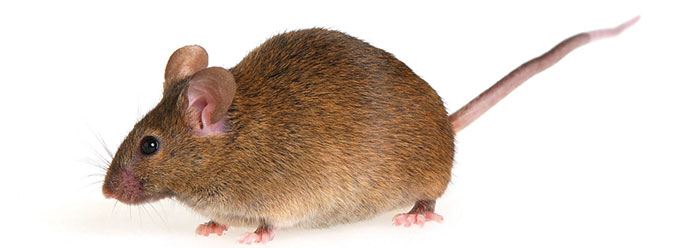Rodents
 The St. Joseph County Department of Health’s stance on rodents is to remove garbage with food products, and for the owner to close entry points into the residence and exterminate for (usually) mice. Garbage is refuse which comes from the bathroom and kitchen of a house like organic waste, clothes, paper products, etc. Trash is all the other waste that does not come from a bathroom or kitchen like furniture, junk, garden and lawn trash, household hazardous waste, etc.
The St. Joseph County Department of Health’s stance on rodents is to remove garbage with food products, and for the owner to close entry points into the residence and exterminate for (usually) mice. Garbage is refuse which comes from the bathroom and kitchen of a house like organic waste, clothes, paper products, etc. Trash is all the other waste that does not come from a bathroom or kitchen like furniture, junk, garden and lawn trash, household hazardous waste, etc.
Rats and mice can be found in and around every town and farm in the country. It is estimated that there is one rat for every person living in the United States. Rodents have followed the man to almost all parts of the world. They have no respect for social class; they are equal opportunity pests.
Rodents can be found in our homes, supermarkets, restaurants, livestock pens, and farm fields. Warehouses, grain mills, elevators, silos, and corncribs are especially vulnerable to rodent infestation. Rodents will eat anything man or his livestock eats. They are active at night. Rats are seldom seen during the day except when populations are exceedingly large. Rats and mice can crawl through very small crevices, which makes it hard to confine their movement. Even if you can’t see them, you may hear them moving after dark.
Usually, the first clue of a serious rodent problem is their droppings on the kitchen counter, in kitchen drawers, cabinets, or the pantry. When one dwelling is infested, it’s likely the immediate neighborhood is, too. That’s why rodents are so difficult for one homeowner to control. Rodents are a community problem. Effective control necessitates that all homeowners in a community work together to eliminate sources of food, water, and shelter. Rodents are persistent in their efforts to invade the home, but you can deal with them effectively if you know their capabilities.
For further education on rats and mice and how to get rid of them, visit the Indiana State Department of Health site.
